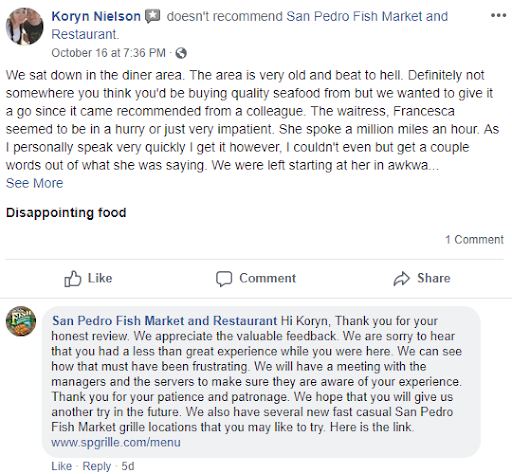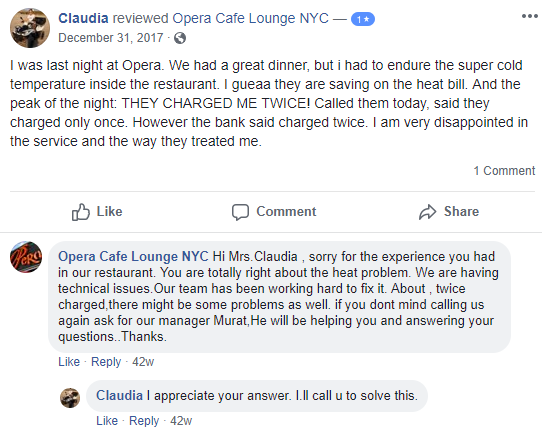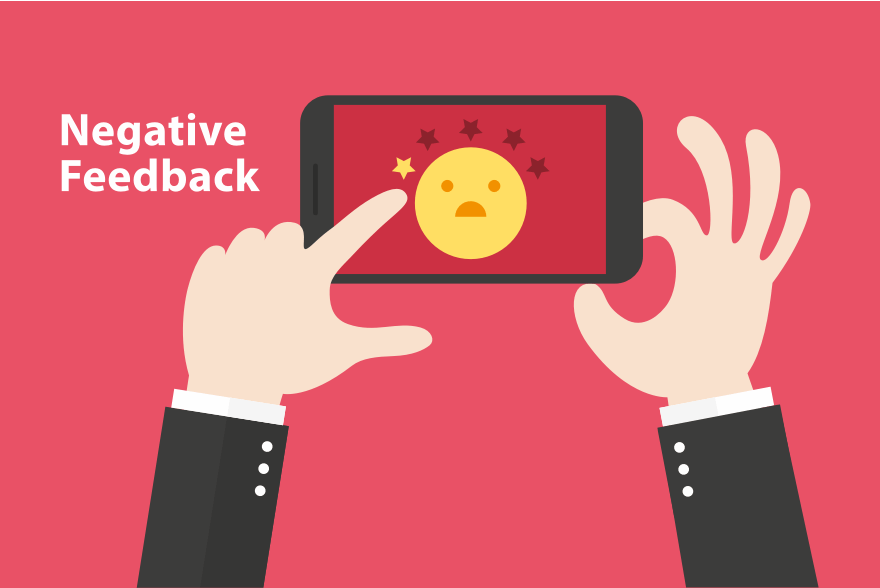Unfortunately, no one in online business can be perfect at all times. We all make mistake, and get negative customer reviews in return. For online businesses, they are quite a challenge because they can convince prospective customers to buy from competitors instead of you.
Here are some of the key stats that illustrate the importance of online reviews for making or breaking your business.
[fusion_builder_column spacing=”” center_content=”no” hover_type=”none” link=”” min_height=”” hide_on_mobile=”small-visibility,medium-visibility,large-visibility” class=”” id=”” background_color=”#F7F2E7″ background_image=”” background_position=”left top” background_repeat=”no-repeat” border_size=”0″ border_color=”” border_style=”solid” border_position=”all” padding=”20px” animation_type=”” animation_direction=”left” animation_speed=”0.3″ animation_offset=”” type=”1_1″]
- 85 percent of online shoppers trust online reviews as much as personal recommendations.
- 49 percent of consumers need at least a 4-start review to buy from a business.
- 73 percent of customers say that positive reviews make them trust a business more.
- 30 percent of online shoppers say that responding to reviews is critical for them to form an opinion about a business.
Source: Local Consumer Review Survey 2017
[/fusion_builder_column]
We’re living in the age of consumer reviews and digital word-of-mouth so managing and shaping your online reputation becomes critical for ecommerce sellers.
If you’re reading this post, the chances are that you want to learn how to diffuse a negative review and maybe turn an unsatisfied customer into a customer who is willing to change their review.
Seller tip: Learn how to remove negative feedback on Amazon
Here are the best practices for responding to negative feedback about your products or business.
1. You Must Respond
This one seems like a no-brainer but lots of businesses fail to respond to negative reviews of their customers. Doing so is quite dangerous to reputation because we live in a super transparent digital society ruled by digital word-of-mouth.
Failing to respond to a negative review means that a business doesn’t care about collecting feedback and improving.
A lot of people will be unwilling to do business with such a company, so ignoring negative reviews is not advised.
There’s good evidence that replying to reviews even results in better rankings.
For example, this study by Harvard Business Review stated that responding to reviews, both negative and positive, contributed to 12% more reviews and an average rating increase of 0.12 stars.
As part of the study, researchers examined tens of thousands of hotel reviews and responses from TripAdvisor and found that only a third of them received a response from businesses. Once hotels started responding, they received more reviews and their rating slowly increased.
The key takeaway here is that simply responding to negative reviews can have a significant impact on customers’ perceptions of how they’re being treated, so don’t ignore reviews no matter what they say about your business.
2. Respond Quickly
If the customer spent time writing a review, it means that their experience was significant and they thought it was important enough to let you know about it.
To demonstrate that your business values their opinion and treats every customer request as urgent, you should respond as quickly as possible.
According to the 2018 ReviewTrackers Online Reviews Survey, 53% of customers expect businesses to reply to negative reviews within a week, but you should try to do it within 48 hours.
3. Fix the Problem
The main goal of responding to a negative consumer review is to resolve the issue described. Yes, not just respond, but demonstrate that you’re working to fix the problem.
For example, take a look at how San Pedro Fish Market and Restaurant replied to negative feedback by one of their customers via their official Facebook page.

Why their response is good:
- They thanked the customer for the review.
- They displayed empathy and apologised for the customer’s experience.
- They demonstrated their willingness to fix the problem and described the solution they’re going to implement.
- They ended on a positive note by offering to try new locations.
4. Don’t Get Personal
Getting personal with a customer who wrote a negative review is one of the worst things you could do. Remember, everything you write in your response is out in the public for all to see.
And since customers have a lot of power online, you can get in a lot of trouble for being impulsive or angry.
Think of future customers: would they want to do business with your company if they saw your reply?
If they see an angry reply, they can spread negativity all over your reputation online, so instead of getting personal, always try to assess the situation and take the high road.
For example, take a look at the customer’s review example, above. No matter what the customer says about the business, the reply is polite, professional, and civil.
Here are the things that you should avoid to remain professional:
- Writing a lengthy, drawn out reply.
- Claiming that your business/employee was 100 percent professional in that situation.
- Claiming that customer is wrong.
- Trying to prove a point to the reviewer.
- Inviting a rebuttal from the customer.
5. Offer to Take Conversation Offline
In some cases, the best way to resolve a customer’s issue is to talk about it privately (e.g. on the phone or over email).
So, if you think you’ve encountered a situation that requires you to talk to the customer further to fix the problem, feel free to provide some contact details in your reply so they can reach you.
By doing so, you’re showing your willingness to spend additional time and effort to satisfy your customers’ needs.
That’s pretty serious, and customers appreciate when businesses go an extra mile to resolve their frustrations.
For example, here’s how Opera Café Lounge NYC did it.

The customer clearly had a serious issue, so they invited her to call them and asking for a specific manager who has been assigned to resolve the issue. Well done.
Conclusion
Receiving and responding to negative reviews can be a difficult process, but it’s your duty to make your customers feel heard and valued.
Remember, a customer that wrote a negative review spent his or her time trying to let you know where your business fails to deliver a great experience, so you should appreciate their time and effort.
Moreover, responding to reviews – even negative ones – has more benefits, such as building your positive online reputation and improving your business.
Hopefully the tips above are helpful to you improve your skills of responding to negative reviews and unlock the benefits they provide.
Get Negative Feedback Alerts on Amazon
One of the most loved FeedbackExpress features is the ability to get alerted to negative feedback via your phone or email. Some of the time, the feedback will be against Amazon’s guidelines and you’ll easily be able to deal to get this removed. To check out the other great features, sign up for a free 14 day trial, no credit card needed.



